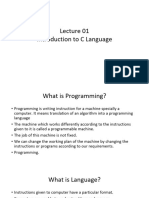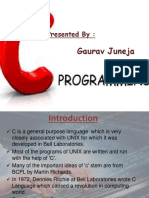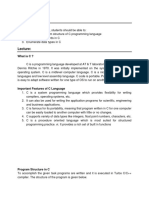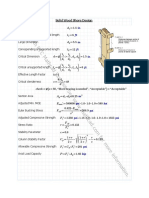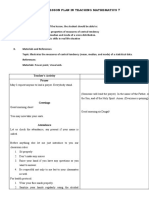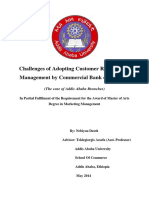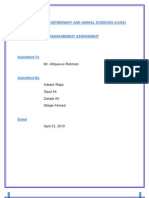0% found this document useful (0 votes)
105 views13 pagesHistory of C Programming Language: Dennis Ritchie
The document provides an overview of the C programming language, including its history, structure, data types, variables, constants, and errors. It details that C was created at Bell Labs in 1972 to develop the UNIX operating system and has since become widely used. The general structure of a C program includes comments, preprocessor directives, functions, and main(). It also describes different data types, variables, constants, and common errors in C programs.
Uploaded by
ABDUL HAKEEMCopyright
© © All Rights Reserved
We take content rights seriously. If you suspect this is your content, claim it here.
Available Formats
Download as DOCX, PDF, TXT or read online on Scribd
0% found this document useful (0 votes)
105 views13 pagesHistory of C Programming Language: Dennis Ritchie
The document provides an overview of the C programming language, including its history, structure, data types, variables, constants, and errors. It details that C was created at Bell Labs in 1972 to develop the UNIX operating system and has since become widely used. The general structure of a C program includes comments, preprocessor directives, functions, and main(). It also describes different data types, variables, constants, and common errors in C programs.
Uploaded by
ABDUL HAKEEMCopyright
© © All Rights Reserved
We take content rights seriously. If you suspect this is your content, claim it here.
Available Formats
Download as DOCX, PDF, TXT or read online on Scribd
/ 13


